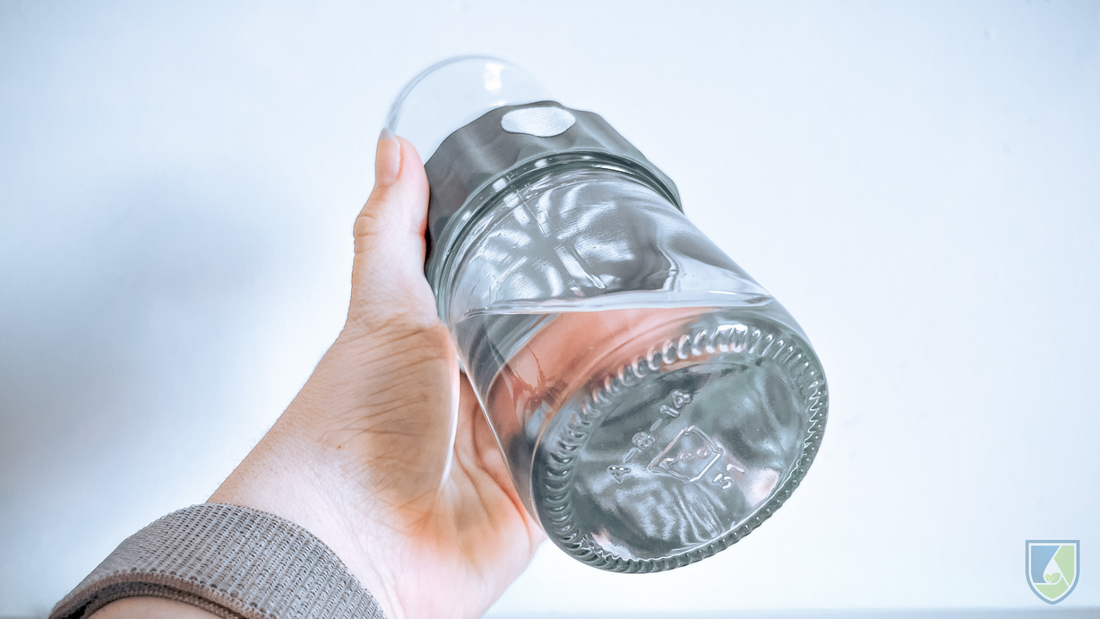
Biocoupler™ Liquid Media For Beginners
As a content and community manager, I leverage my expertise in plant biotechnology, passion for tissue culture, and writing skills to create compelling articles, simplifying intricate scientific concepts, and address your inquiries. As a dedicated science communicator, I strive to spark curiosity and foster a love for science in my audience


Overview
Tissue culture media is a “must” requirement for in vitro growth of plants. It contains nutrients and vitamins that are essential for the healthy growth and development of plants. Today, different types of culture media are available based on the plant species you wish to work on in your lab.
To name some of them are MS (Murashiege and Skoog) media, B5 medium, LS medium, White’s medium, etc. It’s essential to understand which one is suitable for your plant and how to prepare these media.
Further, tissue culture media is also classified based on the concentration of agar it contains: liquid media (no agar), semi-liquid media (lesser agar than solid media and more than the liquid media), and solid agar (contains an optimum concentration of agar required to prepare a solid media.

The Biocoupler™ devices involve the use of a tissue culture media without agar, known as liquid media. But, how to can one do that?
This article expands more on the Biocoupler™ and its uses and provides you with the step-by-step process to prepare liquid media for the setup.
Biocoupler™ and Its Applications
Biocoupler™is the simplest temporary immersion bioreactor. It couples/connects two mason jars (or any glass jars) with an integrated filter to facilitate a smooth medium flow. Its unique adjustable vane allows control over liquid flow, helps in preventing the passage of small propagules, and reduces air-lock.
It also contains a microporous vent filter that allows pressure equalization to atmospheric pressure, helping prevent contamination. The device is more efficient space-wise and time-wise, compared to other currently available TIB systems. Further, the Biocoupler™ not only can be used by hobbyists, but also by large-scale plant businesses.
How To Prepare Tissue Culture Media For Biocoupler™?
Requirements: Beaker, magnetic stirrer, pH meter, weighing balance, spatula, micropipette, pipette tips, measuring cylinder, Plant Preservative Mixture (PPM™), BAP, NAA, NaOH, and HCL.
Steps to Prepare the Liquid Media:
- Take a 1-2 L beaker and put the magnetic stirrer in it.
- Add 800 ml of water to the beaker and switch on the stirrer.
- Take the weighing balance and put a paper or weighing container on it. Ensure the reading is set to zero after putting them on the balance.
- Weigh 30 grams of sugar. You can use a spatula to take out the sugar and weigh it on the balance.
- Add the measured sugar to the water.
- Take PCT MS media and empty the whole bottle in the container. You don’t need to measure the PCT MS media as it comes in a bottle that measures 4.54 grams, which is what you need to prepare a 1 L media.
- Take out 1 ml PPM using the micropipette and add it to the media-containing container.
- Add 1 ml BAP to the media.
- Add 0.1 ml NAA in the media.
- Now, make up the media to 1L using distilled water.
- Switch the stirrer and let the media stabilize to see if the volume is correctly at the 1000 ml mark.
- Switch on the magnetic stirrer again.
Calibrate the pH of The Prepared Media
- Take distilled water to clean the probe.
- Take out the pH meter rod in front of the solution and clean it using distilled water.
- Place the pH meter rod in the media.
- Generally, the pH of the media is slightly acidic so you need to raise it to match 5.5-6 pH by using a base, such as NaOH. However, often the pH is basic or more than what’s required, and in this case, you need to lower the pH using 1N HCL.
- Add the required chemical, acid, or base, in the media drop by drop to match the desired pH.
Adding Media to Biocoupler™
- Take the Biocoupler™ and connect two Mason jars at its two ends.
- Measure 200 ml of prepared MS media.
- Open one side of the Biocoupler and add the measured 200 ml media to it.
- As you have prepared 1000 ml media, so can prepare a set of 5 Biocoupler with 200 ml MS media each.
- After filling the jars, close the Biocouplers™.
Now your media is ready!
Just sterilize it in an autoclave at 121 degrees celsius at 15 psi for 30-40 minutes. After that take out the media, let it cool down a bit, and transfer your explants to the other side of the Biocoupler (in which there are no media).
To learn exactly how you can do it, watch this video on our Youtube Channel.
HOW DOES PLANT CELL TECHNOLOGY HELP YOU TO ACHIEVE YOUR TISSUE CULTURE GOALS?
Plant Cell Technology is helping tissue culturists worldwide by providing unique and world-class products and services that smoothen their process. The PCT Store has MS media, agar, gellan gum, Plant Preservative Mixture (PPM™), culture vessels, Biocoupler™, and masks in its store to facilitate your processes.
And, that’s not it! Plant Cell Technology also offers consultation services to culturists of all sizes that help to get instant solutions to your tissue culture problems.
You can join our next tissue culture master class or book a one-on-one consultation call or a physical visit to your lab. We help you at every step of the tissue culture process, ranging from establishing a tissue culture lab to preventing contamination problems or any specific challenges in your process.
So, visit plantcelltechnology.com today and learn more about our products and services and how they help you excel in your tissue culture processes.
Happy Culturing!
Blog Categories
View by Level
Popular Blogs
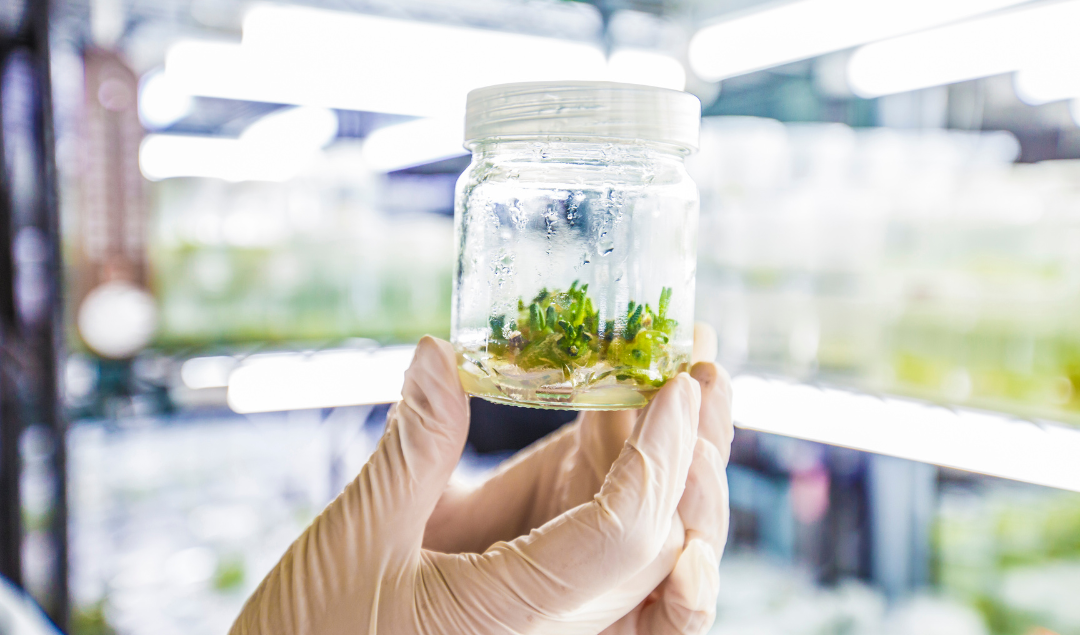
Media pH: Why It Matters More Than You Think in Plant Tissue Culture
Introduction Plant tissue culture is a cornerstone technique in modern plant biotechnology, enabling the propagation of plants under sterile and...
Read More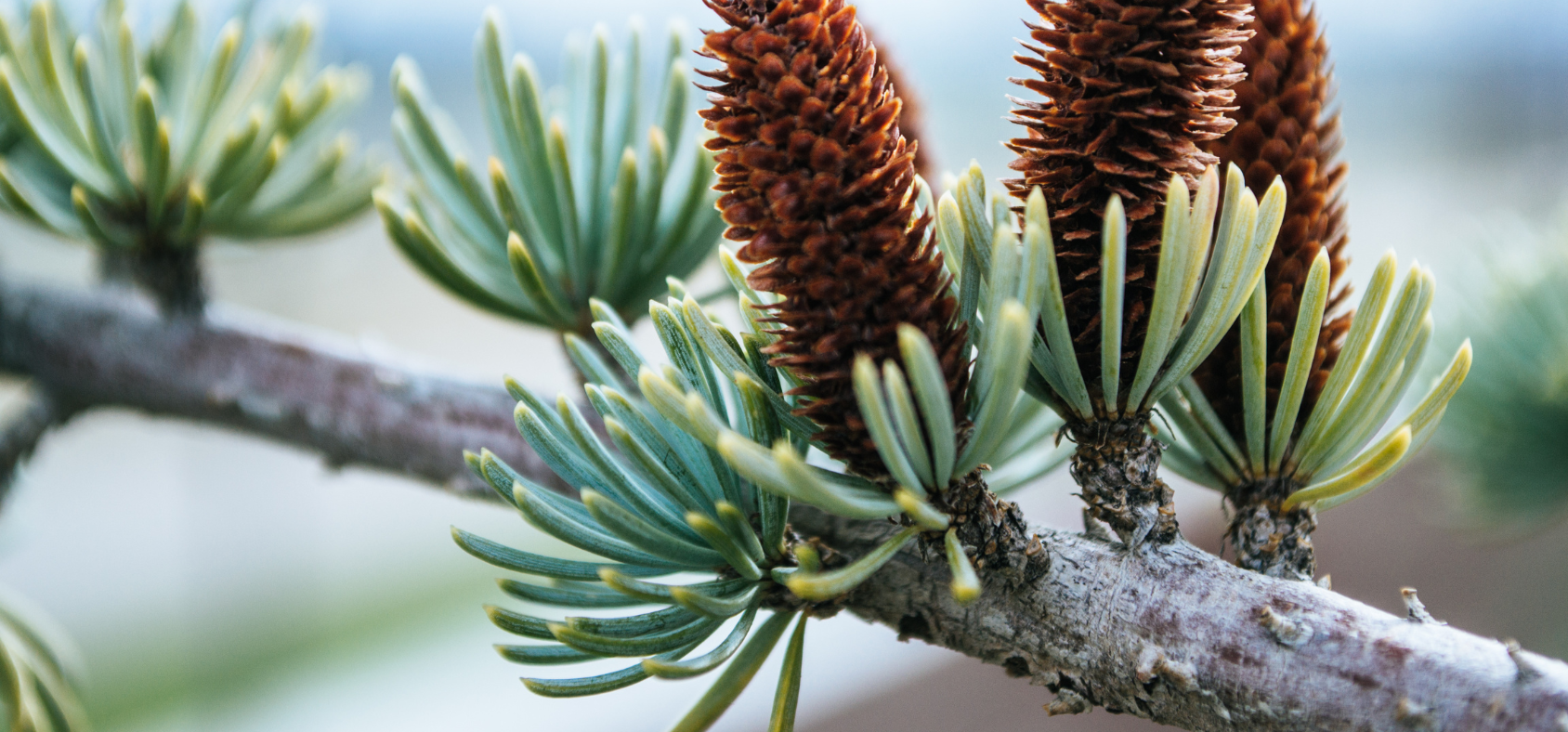
Can We Grow Wood in a Lab? The Future of Tissue Culture in Forestry
Introduction Wood has long been a cornerstone of human civilization—used for shelter, tools, paper, energy, and countless everyday items. However,...
Read MoreSubscribe to Our Newsletter
2 comments
Yes, you can purchase the biocoupler directly from the PCT lab equipment page located at https://plantcelltechnology.com/collections/lab-equipment
We also offer training through both online and in-person master classes held in our lab. You can reserve a spot on our Master Class page located at https://plantcelltechnology.com/pages/master-classes
At this time, we don’t sell tissue culture plantlets, but we appreciate your interest! We’ll share your request with our administration for future consideration.
Let us know if you have any other questions, we’re happy to help!
Brilliant! How can I get the bioreactor and a number of biocouplers.
Do you do training? In your lab? Can I buy tissue culture plantlets from you?

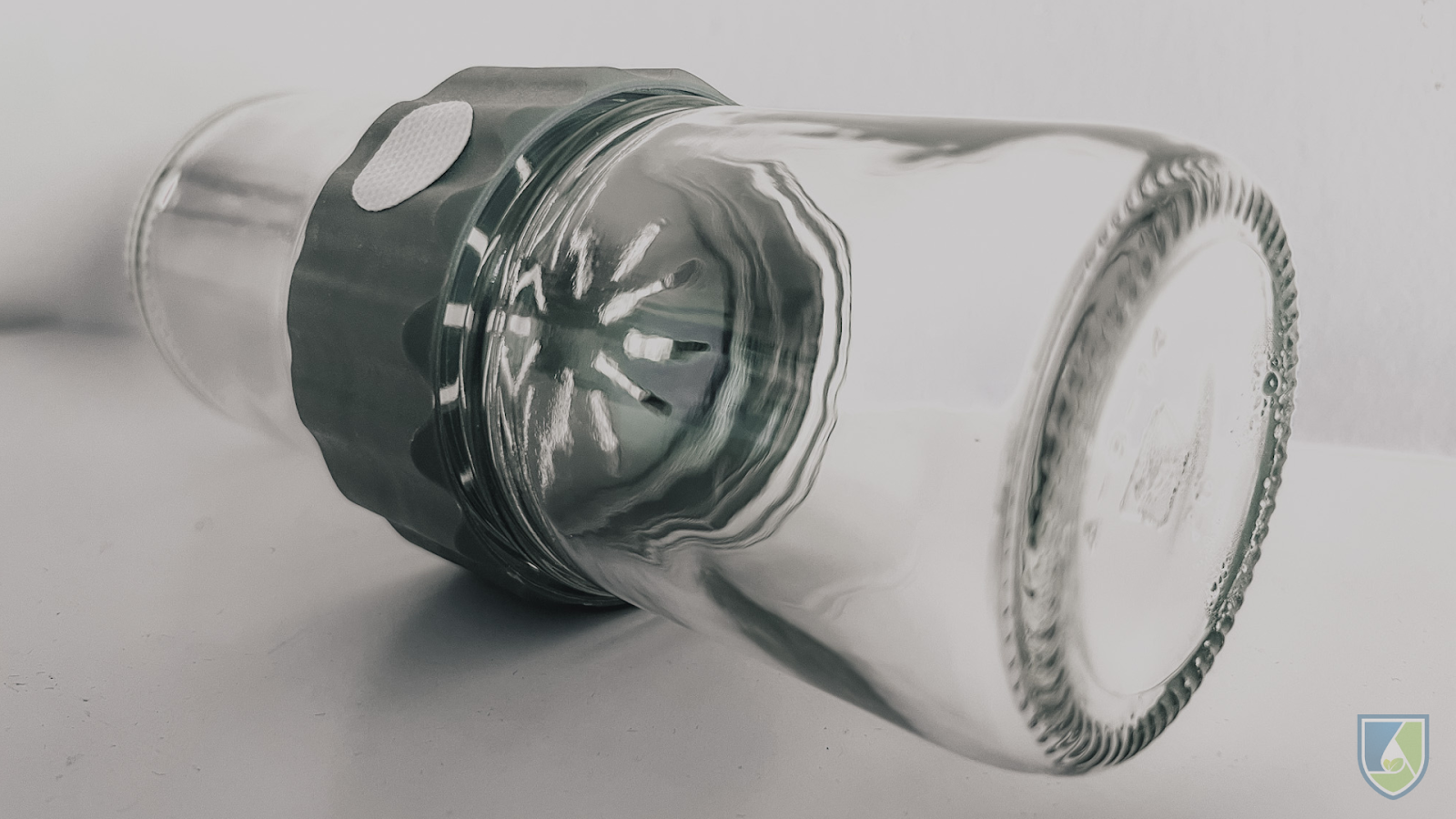
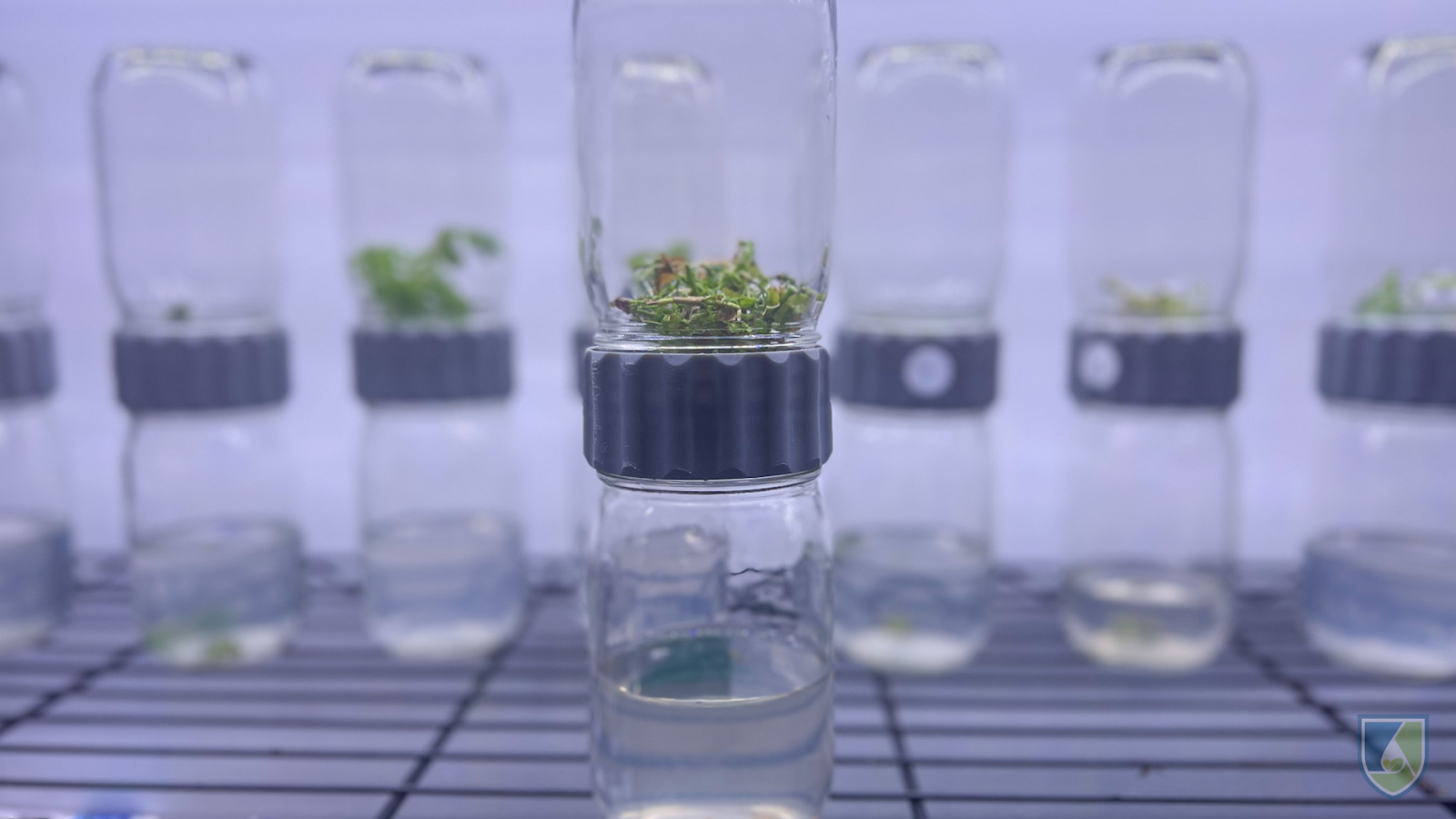
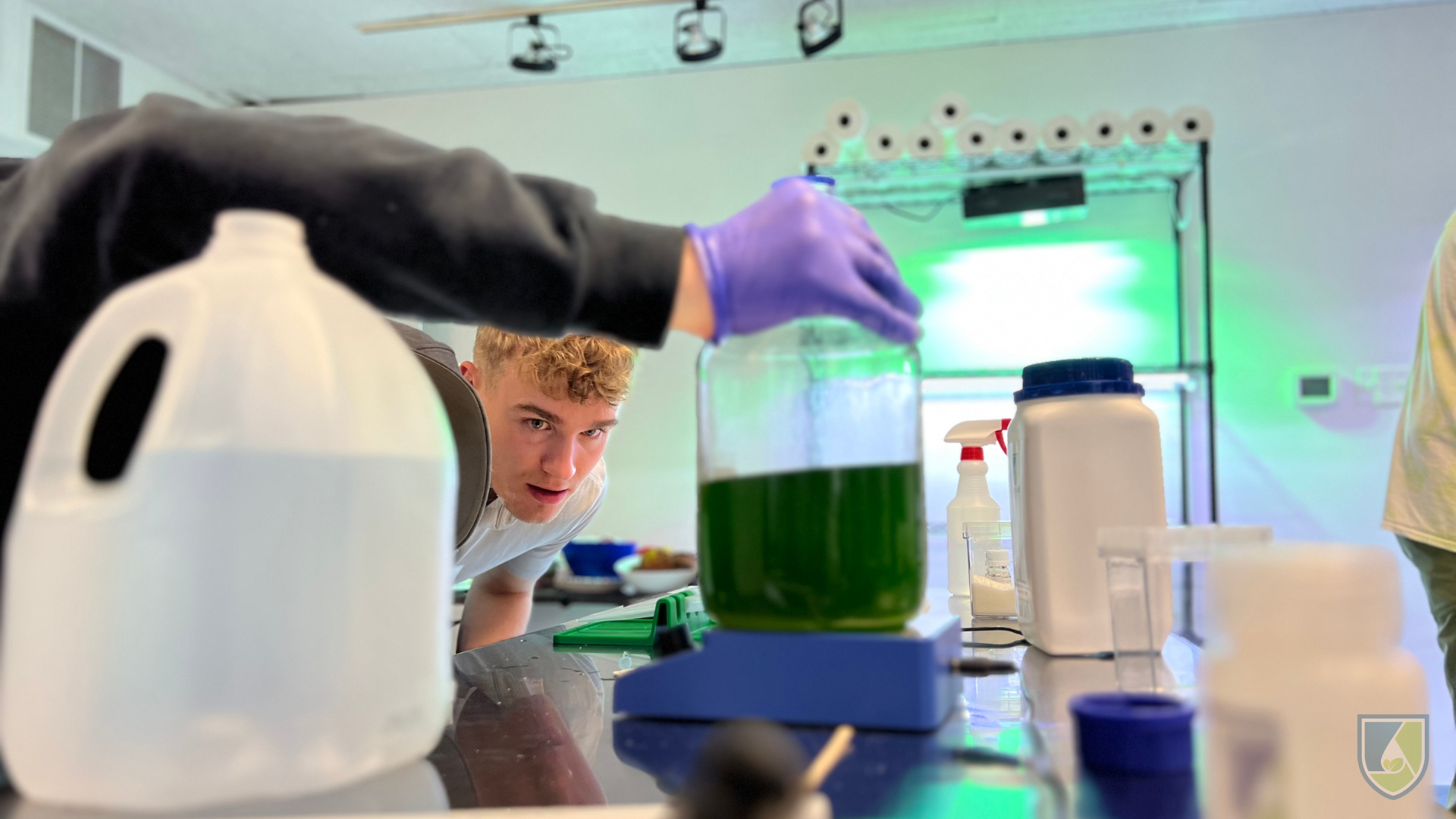
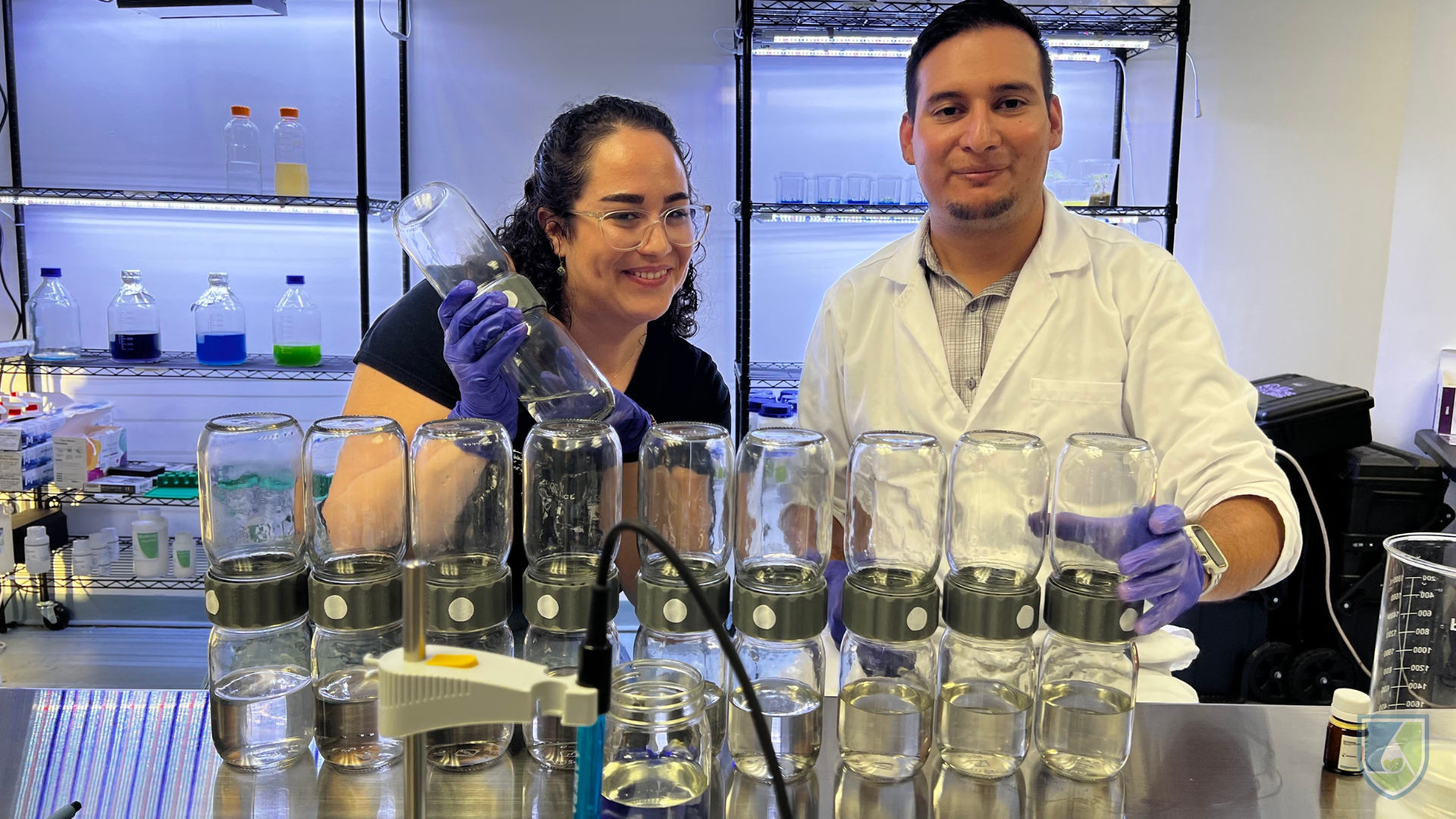
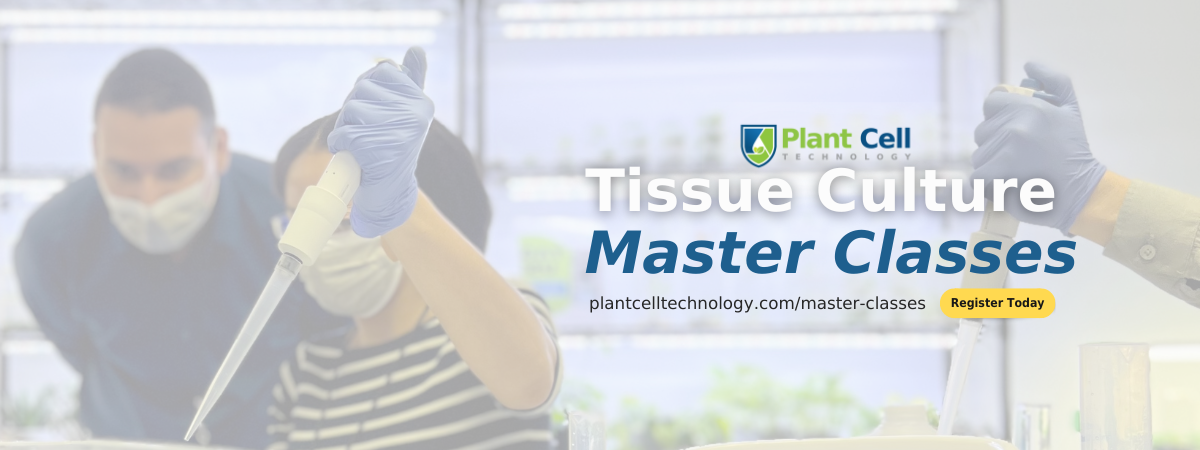






Join the conversation
Your email address will not be published. Required fields are marked